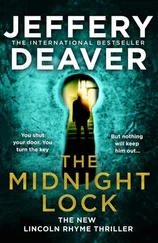“Parker.”
“Colt. How’s it going?”
They caught up with small talk. Kincaid’s son, Robby, was now an accomplished martial artist and he’d just won a big competition.
“Congratulations.”
“What can I do for you?”
“Let’s say I was tracking down some materials someone might use to create a forged document. I’m talking San Francisco.”
“Okay.”
Ah, the cop word again. Kincaid, after all, had been one.
“I’m speaking hypothetically.”
“Hypothetically.”
Shaw was amused. Kincaid’s repetition suggested suspicion. On the other hand, he knew all about Shaw’s rewards business and the number of people he’d rescued and the number of perps he’d collared. If Shaw was being coy, it was for a legitimate reason. Still, Parker had to ask, “I assume my former employer in Washington, D.C., would not have any reason to be concerned by someone’s document?”
“Absolutely not.”
“Good. Are we thinking modern day?”
“No. Nineteen twenties.”
“Pen and ink?”
“And typewriter.”
Kincaid didn’t hesitate. “In the Bay Area, there’s only one place a forger would go for supplies. Davis and Sons Rare Books and Antiquities.”
“Thanks, Parker. Helpful.”
“You ever get reward assignments in Northern Virginia?”
“Haven’t yet. My sister lives in Maryland. I’ve been meaning to visit. I’ve got your number.”
“Tell someone good luck.”
The men had disconnected and Shaw had headed up to North Beach to the bookstore.
There, he had paid to have the original voting tally, with the sketch on the back, mounted in the cheap plastic frame.
He had bought a few other things too — out of the case he’d studied when he first arrived.
Among his purchases was a ninety-year-old Underwood No. 5 typewriter, the most common of the era. It was a high-standing classic, the workhorse of secretaries and reporters throughout the first half of the twentieth century. He also selected a notebook that dated to the 1920s, containing blank sheets similar in color and weight to the paper of the original tally, and pen-point nibs and holders. Most important, he was able to purchase a bottle of actual ink that was nearly one hundred years old. That had been his biggest concern. Shaw, though, had been surprised to find that there was quite the market among collectors for unopened ink bottles from the past.
No accounting for passions and hobbies...
Back in the safe house, he’d saturated the ribbon of the typewriter with the old ink, cranked in a piece of paper he’d cut from the notebook and typed out a voting tally certification identical to the original.
He’d examined it carefully. Nope. Didn’t work; the ink wasn’t as consistently dark as the original. He prepped the typewriter again. This one was better, but he still wasn’t satisfied. Now it was consistent, but too dark for a document that age.
The third one hit the mark. He let it dry then assembled a nib and holder to practice the signature of the Right Honorable Selmer P. Clarke — a wonderful name for a judge. He did what all professional forgers do when faking signatures: not attempt to actually sign the document, mimicking the original signatory, but to turn the page upside down and “draw” the signature, as if he were sketching a landscape or portrait.
After a dozen attempts he was confident, and he inked the man’s scrawl onto the phony tally.
He heated the document briefly in the oven to make sure the ink was dry and to give the sheet additional distress and patina of age.
He took apart the frame, extracted the real tally, which went into the lining of his backpack. He drew another sketch on the back of the forgery and mounted that one into the frame, sketch side out. Onto the wall it went.
Shaw had then called Devereux and they met about his proposition to buy his family’s safety with the “evidence” against BlackBridge and Banyan Tree. He’d arranged the get-together to give Droon or another op the chance to put a tracker on his bike (not guessing they would take the more sophisticated approach of the RFID dust), which led them back to Pacific Heights. At the safe house he’d purposefully left the window open, knowing that a surveillance outfit from BlackBridge was now eavesdropping. Shaw had made a pre-arranged call to Victoria Lesston and purposely sat near the open window to explain about the tally being hidden in the frame on the wall. He was pretty sure that the woman in the hall, dressed like a maid, was the op whose job it was to steal the document when her partners created a distraction by trying to blow the door off Russell’s SUV.
Shaw knew the document examiners in Sacramento would find his creation to be fake but he wanted some insurance. He had contacted Professor Steven Field and told him of his plan.
The professor had laughed. “Well, aren’t you your father’s sons?”
“When the story breaks that it’s fake I want a nail in the coffin — some expert to say that the tally was just a pipe dream. It’d be next to impossible for there really to’ve been one.”
Field knew just whom to call. He got in touch with a colleague, Professor Anthony Rice, who had known Ashton Shaw too. He was more than happy to back up the story. Rice put out a tweet on the topic — that it was almost certain that there was no real voting tally. Media networks picked it up and invited the articulate, airtime-ready professor to be interviewed on the topic.
The entire world would get the word the tally was a myth.
Shaw now said to La Fleur, “You told us that when Amos found out that the tally was real, he was going to destroy it.”
La Fleur nodded. “I know it would’ve been tough for him. He was a historian. Against his training to destroy an original document.”
Never deny history...
One of Ashton’s rules.
Shaw told La Fleur this.
“Good advice.”
Shaw said, “Hitler’s and Goebbels’s and Himmler’s writings were despicable but we don’t burn them. That’s different, though, from the Nuremberg Laws — nineteen thirty-five. Took away citizenship of Jews in Nazi Germany and became the justification for the death camps. What if there was the same voting tally controversy then? The law was passed but the tally went missing, and you found it. You could submit it and have the law go into effect, or you could burn it. What’s your moral duty?”
“No doubt in my mind.”
“That’s why I’m here.”
La Fleur frowned. His fingers drummed.
Shaw dug into his backpack and extracted the original tally. He handed it to La Fleur, who gazed at the document. “Heh. Short, isn’t it? Doesn’t seem so scary up close.” He looked up. “You ever read Lord of the Rings ?”
Shaw nodded.
La Fleur mused, “This is the ring of power.” Then he lit up his bong, took a hit and laughed, as the smoke floated. “I’m an old man. I can be as goddamn melodramatic as I want.”
Shaw rose and walked to La Fleur’s fireplace. He opened the grate. He took the tally and placed it inside. “You want to do the honors?” Shaw asked, picking up a cigarette lighter and handing it to the man.
“Me?”
“BlackBridge killed your friend for this. Tortured him.”
The man thought briefly. “And they killed your father. Let’s both do it.” He produced another lighter.
Shaw debated. It seemed sentimental, contrary to his theory of navigating your way through life by calculation and analysis. But then he recalled the day young Colter had saved the woman in the avalanche and his father had given him and his siblings their respective statuettes.
Never deny the power of ritual...
Читать дальше
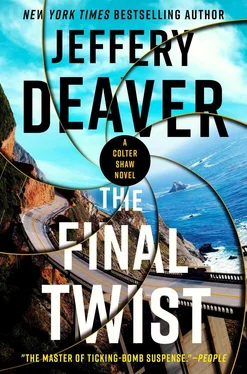
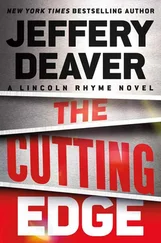
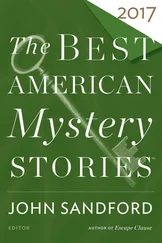
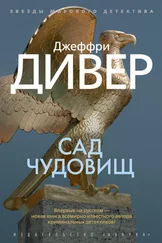

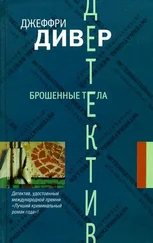
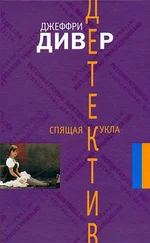
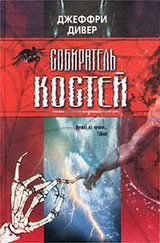
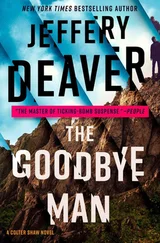
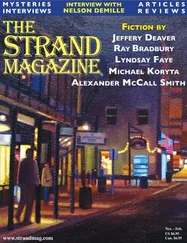
![Джеффри Дивер - Where the Evidence Lies [A Lincoln Rhyme Short Story]](/books/403782/dzheffri-diver-where-the-evidence-lies-a-lincoln-r-thumb.webp)

